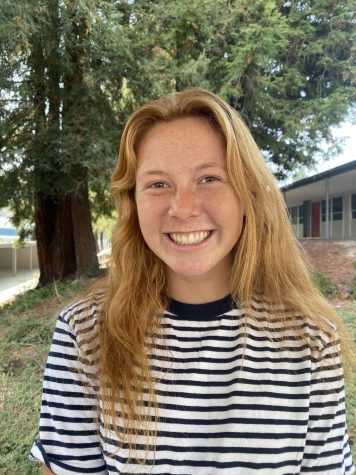Block Doubters Change Tune
February 6, 2018
After a semester of working in the confines of the block schedule attitudes are changing for some.
Math teacher Ken Ingersoll, who had concerns going into the new year, said, “I’ve found that block scheduling has just rearranged the order or pace but otherwise has allowed for the material I have delivered to settle with a gap day in between classes and more time to work on the topics… I thought I was going to be behind, I am not. The students claim to feel less stressed,” he said.
The new schedule was implemented, in part, to provide the opportunity for instruction to be delivered using a project-based style. While there had been concern about the 90 minute length of the block periods, there are teachers who have found it useful. “Group activities and giving projects, it has worked out better. I’ve done more projects in my Geometry class this year than what I have done in the past,” said math teacher Nita Madra.
The longer periods are also appreciated by physical education teachers. “I think it has been great for PE because we have more time for activities…and it gives us more time to teach some skills and it has been wonderful for yoga. Trying to do yoga in 15 minutes is really hard and now we have an hour and a half,” said PE teacher Chris Walsh.
Along with the block periods, and additional period for targeted intervention, test makeup, and study time has provided more flexibility for students. Some students claim the academy period every Wednesday and Friday has helped to reduce their anxiety as it offers extra time for them to complete work or get help that would otherwise cut into their after-school activities.
According to freshman Katie Strohmeyer, the block schedule has also reduced her workload outside of class time. “I have my classes more spread out and I don’t have to do so much homework each night,” she said.
Ingersoll said, “I also feel like the students are performing, after looking at my final grades…especially my young students, my freshmen, very well.”
Science classes are also able to take advantage of the longer periods. “I think there are some classes where I used to teach science in middle school and I know for labs it is very difficult for science teachers so having more time for labs is particularly [good], mostly for set up and take down,” said Walsh.
“I’ve taught block schedule before. I think on certain topics for math in particular it works well and certain topics its a little harder because of the gap… in between and the length of lecture gets longer,” said Madra.
There are still several drawbacks to the block system cited by both teachers and students, including the amplified impact that missing school can have since classes only meet 3 times most weeks.
“There are definitely negatives if you miss a class, absent for a day… a week. So those things are issues but we are working them all out,” said Ingersoll.
“Covering two different or a section in a half in one day is a challenge and if you don’t you won’t get through the curriculum so thats harder,” Madra added, “In some ways you get more creative teaching in a block schedule.”
The late lunch period has also been a problem, with nearly 5 hours between the start of the school day and the 30 minute period set aside for both teachers and students to refuel. When the bell finally rings at 12:55pm, many students are ravenous.
The late lunch is also challenging for student-athletes, many of whom are expected to participate in rigorous practice sessions or competitions less than 2 hours after eating their mid-day meal.
